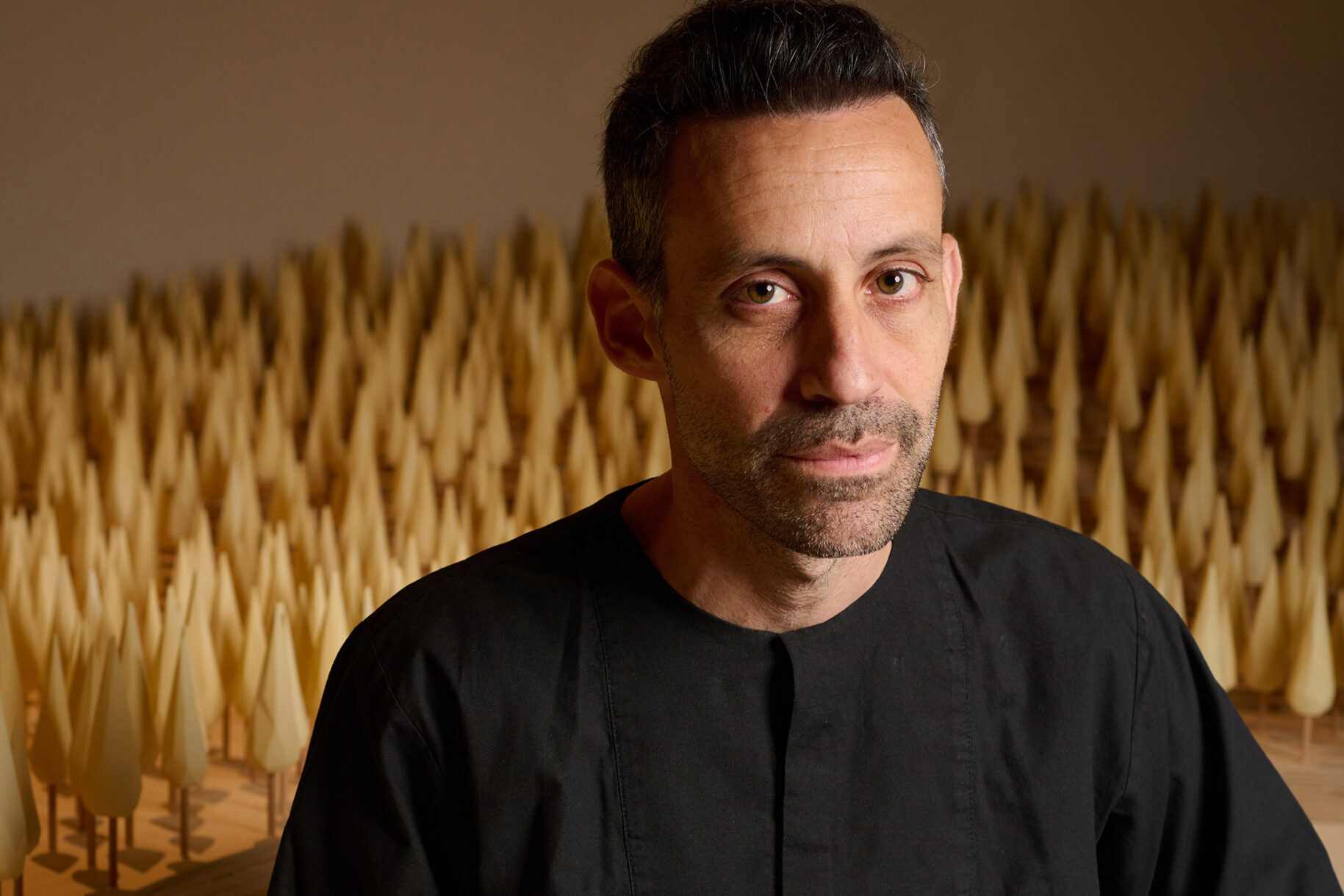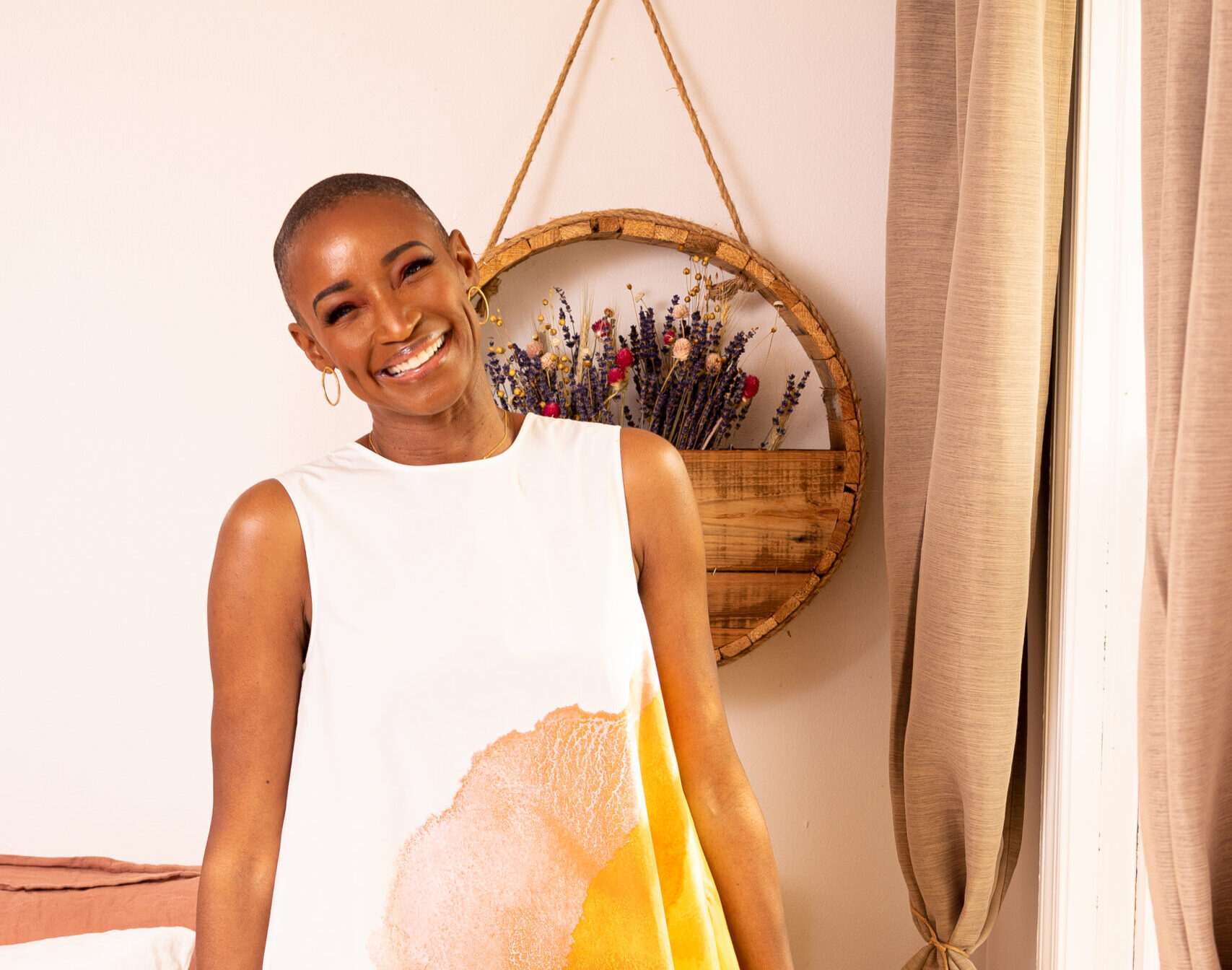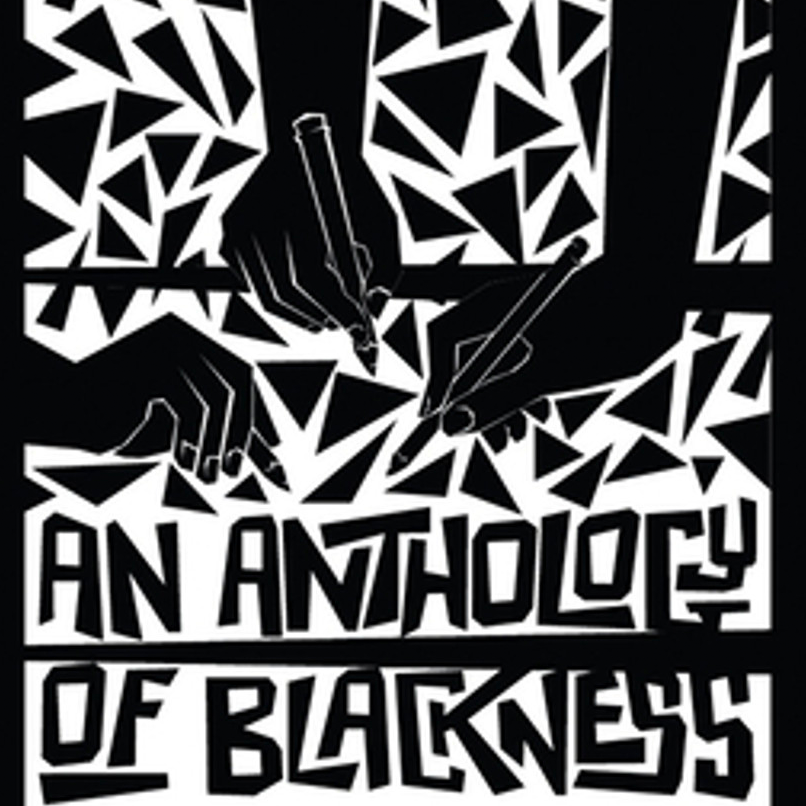
November 18, 2015
Utopia in Print
 Thomas More, Utopia (1516); © The British Library Board
Thomas More, Utopia (1516); © The British Library Board
In mission and design, The Feminist Utopia Project foregrounds equality and transparency. Readers must navigate an explanation of the process, compensation and design objectives of the book project before lifting an extended front flap to reach a circular table of contents. (More’s Utopia was a rounded island of fifty-four cities; the feminist version is apparently a rounded list of fifty-seven contributors). The contributions are defiantly not grouped into thematic categories; the guiding idea behind this presentation is that it should encourage readers to read according to whim or interest, rather than following the dominating vision of an editor. There are many passionate and curious visions in the anthology: the adult performer Sovereign Syre provocatively discusses the systematic undervaluing of “emotional labor” in contemporary culture—a category which she defines to include the work of nurses, flight attendants, and porn stars. Playwright Abigail Carney imagines the calm of a world where “most people do not notice” when gendered pronouns simply drop out of Biblical text. Sheila Heti productively interviews the Canadian feminist Judy Rebick of rabble.ca. The most useful comments are made by Melissa Harris-Perry, who stresses the value of utopia as an ongoing interrogation, rather than a closed set of ideas or a finished state. Despite the editors’ best efforts to eliminate any authorial hierarchy, those who express themselves for a living are at a clear advantage here. Taken together, many of the contributor’s visions are sadly mundane: the themes of universal access to high quality childcare, equitable health care, and a built environment which is navigable for all the earth’s citizens recur again and again. Whatever a feminist utopia might be, it’s clear that in 2015, it’s not a very sensual place, nor a very funny one.

Observed
View all
Observed
By Victoria Solan
Related Posts

Sustainability
Delaney Rebernik|Books
Head in the boughs: ‘Designed Forests’ author Dan Handel on the interspecies influences that shape our thickety relationship with nature

Design Juice
L’Oreal Thompson Payton|Books
Less is liberation: Christine Platt talks Afrominimalism and designing a spacious life

The Observatory
Ellen McGirt|Books
Parable of the Redesigner

Books
Jennifer White-Johnson|Books
Amplifying Accessibility and Abolishing Ableism: Designing to Embolden Black Disability Visual Culture
Recent Posts
Courtney L. McCluney, PhD|Essays
Rest as reparations: reimagining how we invest in Black women entrepreneurs Food branding without borders: chai, culture, and the politics of packaging Why scaling back on equity is more than risky — it’s economically irresponsible Beauty queenpin: ‘Deli Boys’ makeup head Nesrin Ismail on cosmetics as masks and mirrorsRelated Posts

Sustainability
Delaney Rebernik|Books
Head in the boughs: ‘Designed Forests’ author Dan Handel on the interspecies influences that shape our thickety relationship with nature

Design Juice
L’Oreal Thompson Payton|Books
Less is liberation: Christine Platt talks Afrominimalism and designing a spacious life

The Observatory
Ellen McGirt|Books
Parable of the Redesigner

Books
Jennifer White-Johnson|Books
